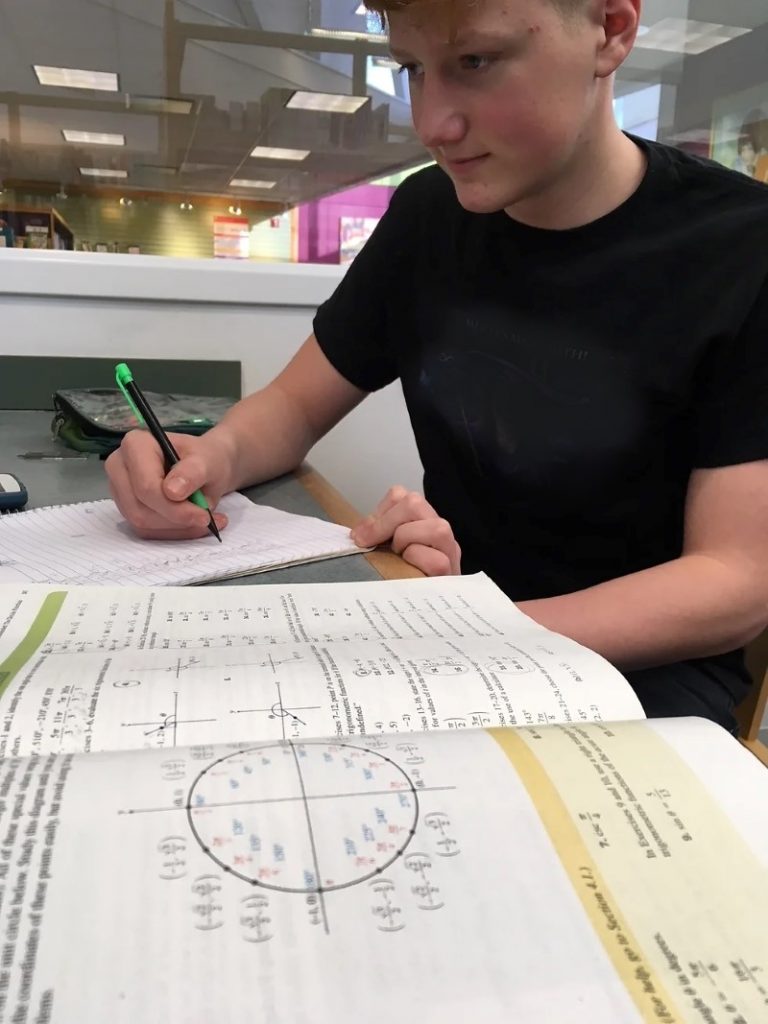12
Aug

As the back-to-school season approaches, parents everywhere brace themselves for the annual ritual of shopping for school supplies. Navigating the world of textbooks can be daunting. From deciphering syllabi to hunting down the best deals, the right supplies can ensure a successful academic journey. In this guide, we’ll explore practical tips to streamline the buying process, helping you kick off the school year with confidence and ease.
Your book list is like your roadmap for navigating the physical stores or online vendors. It tells you exactly which textbooks and supplementary materials your child will need for each subject throughout the school year. If your child is gearing up for Year 8, focus on finding an original year 8 maths textbook specifically designed to meet the requirements of that grade level and the Australian curriculum.
These textbooks are crafted with careful consideration of educational standards and learning objectives and provide comprehensive coverage of mathematical topics relevant to Year 8 students. The content, examples, and exercises in a year 8 maths text book engages students and support their understanding of fundamental mathematical principles.
They cater specifically to the educational needs and requirements of Australian schools, offering a reliable resource for both teachers and students alike. What’s unique about the year 8 maths textbook is its emphasis on both theoretical understanding and practical application. It provides clear explanations and examples that help students grasp complex mathematical concepts with confidence.
From algebraic equations to geometric principles, each topic is presented in a way that encourages active learning and problem-solving skills development. Moreover, year 8 maths text books incorporate exercises and activities that promote critical thinking and mathematical reasoning. This interactive approach prepares students for classroom assessments and cultivates a deeper appreciation for the relevance of mathematics in everyday life.
Year 8 students delve into a variety of engaging topics that build on their foundational knowledge from previous years. One key area of focus is Measurement and Geometry. They sharpen their skills in measuring and calculating, applying these techniques to solve real-world problems. This includes learning about different units of measurement and how to convert between them accurately.
They also study geometric properties and relationships, such as angles, shapes, and transformations. As they progress through the curriculum, the year 8 maths workbook helps them tackle more complex geometric concepts, like the properties of circles and the application of geometric reasoning in various contexts.
This involves understanding formulas for calculating areas, volumes, and surface areas of different shapes. The curriculum emphasizes practical applications of mathematics in everyday life and other subjects. This approach helps students see the relevance of what they’re learning, whether it’s in science, technology, or even arts and design.

When it comes to buying textbooks for your kid, where you buy them from can make a big difference. The internet offers a plethora of options, but it’s crucial to shop from reputable sources to ensure you’re getting quality materials at fair prices:
When you’re ready to checkout with those textbooks in your online cart, take a moment to double-check everything. Make sure you’ve got the right supplies for each subject – no accidental calculus books in your history class order! Review your shipping options too – decide if you need lightning-fast delivery or if a more budget-friendly option works better. Taking these extra steps ensures a smooth transaction and avoids any surprises when your package arrives.
Textbooks are like your trusty study companion tailored specifically for a course. They’re structured with chapters that cover specific topics, each filled with questions and problems to help you apply what you’ve learned. They often come with a Teacher’s Companion, which includes lesson plans and answers to exercises, making them invaluable for both students and educators.
In contrast, other books – whether they’re reference texts, non-fiction narratives, or fiction – are written for a broader audience. They may delve into similar subjects but are crafted for readers who already have a certain level of knowledge or are exploring a specific subfield in depth. These typically don’t include exercises; instead, they focus on reporting and explaining concepts or telling a story without the pedagogical structure found in textbooks.